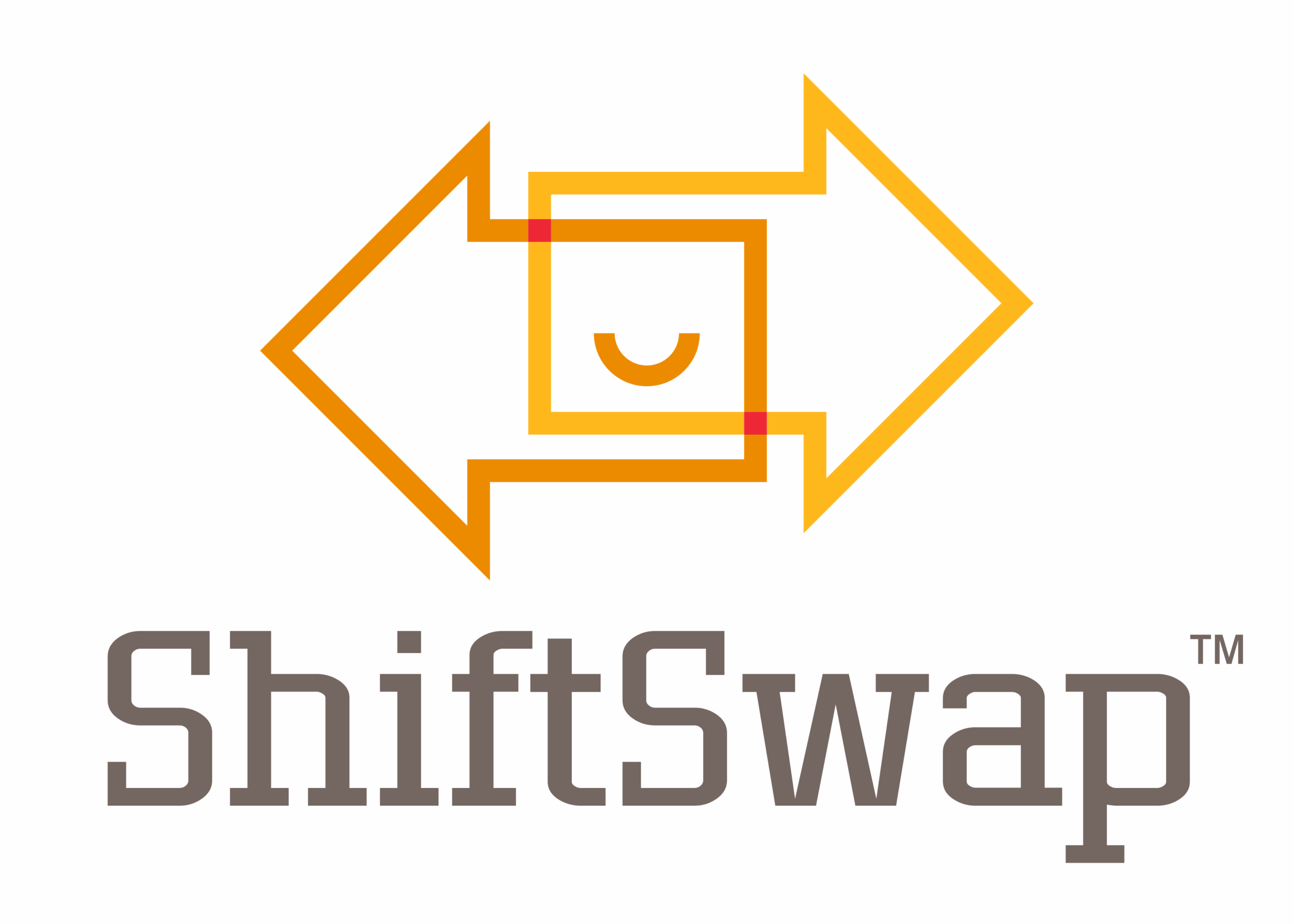Optimize Warehouse Labor Planning: Essential Tips
Warehouse labor planning is a critical task for managers. It ensures smooth operations and cost efficiency. Effective labor planning involves more than just scheduling shifts. It requires understanding workforce demand and accurately forecasting needs.
Managers must balance staffing levels to avoid overstaffing or understaffing. This balance is key to maintaining productivity and employee satisfaction. Incorporating technology and flexible shift plans can enhance workforce management. These tools help streamline processes and adapt to changing demands.
This article offers practical tips for managers to assist with optimizing labor planning and meet workforce demands effectively.
Why Effective Warehouse Labor Planning Matters
Warehouse labor planning is pivotal for operational success. It directly impacts cost control and efficiency. Without it, businesses risk financial strain. Effective planning ensures the right number of workers. Labor planning prevents both costly overstaffing and damaging understaffing. Balancing labor supply and demand is a priority in operations.
Key benefits include:
- Optimized resource allocation
- Reduction of labor costs
- Improved employee morale
- Increased productivity
Proper labor planning boosts employee satisfaction. It leads to smoother operations and a more harmonious workplace. Additionally, well-managed workforces are more adaptable to change.
Understanding Workforce Demand Forecasting
Workforce demand forecasting is a cornerstone of labor planning. It involves predicting future labor needs. Accurate forecasts prevent overstaffing and understaffing. Anticipating workforce needs helps in aligning labor with workload peaks. This forecasting relies on data analysis. Factors like seasonal trends and historical data are crucial.
Key elements of effective forecasting include analyzing market trends, using historical data, and considering seasonal variations. Forecasting enables leadership to make proactive decisions and prepare for demand fluctuations. Consequently, it minimizes disruptions in operations and maximizes efficiency.
Building a Flexible Labor Plan
A flexible labor plan is vital for adapting to changing demands. It allows for quick adjustments in workforce allocation. This flexibility helps in maintaining optimal productivity levels. Crafting a labor plan involves several key steps. Begin by understanding the current labor dynamics. Analyze workload patterns and employee availability. This ensures the right fit for operational needs.
Incorporating variable shift lengths, staggered start times, and cross-trained teams into your operations for increased workforce flexibility. Such flexibility benefits both managers and employees. Managers can cover unexpected absences more easily. Employees enjoy better work-life balance and satisfaction. Regular reviews are essential for a flexible plan. Adjust the plan as needed to get alignment with business goals and labor regulations.
Creating Efficient Shift Plans
Effective shift plans ensure consistent productivity and help meet business goals. Moreover, they contribute to employee satisfaction by catering to their availability.
When designing a shift plan, consider workload peaks and align shifts with business needs. This helps in managing resources effectively while keeping costs in check.
Here are key components of an efficient shift plan:
- Optimal shift durations
- Overlapping shifts for smooth transitions
- Fair rotation for equitable workload distribution
Implementing a balanced shift plan reduces employee stress. Also, it minimizes downtime and enhances overall operational flow. Regular evaluations of the shift plan help in maintaining its effectiveness. Adjustments may be needed as workforce demands evolve.
Leveraging Technology for Workforce Management
Technology plays a pivotal role in workforce management. It streamlines operations and enhances productivity. Software tools automate scheduling, reducing manual errors.
Advanced systems offer real-time data insights. This allows for quick adjustments to labor plans. Managers can make data-driven decisions, optimizing resource allocation.
Key benefits of using technology for workforce management include:
- Improved scheduling accuracy
- Enhanced tracking of labor performance
- Easy adaptation to changing workforce demands
Integrating technology fosters a more responsive work environment. It helps efficiently meet fluctuating business needs. Investing in the right tools can profoundly transform labor management strategies.
Staffing Solutions: Balancing Full-Time, Part-Time, and Temporary Workers
Balancing different worker types is key to effective labor planning. Each type offers unique benefits to operations. Full-time staff provide stability and consistent performance.
Part-time employees offer flexibility. They help meet fluctuating workforce needs. Temporary workers are crucial during peak periods and unexpected demands.
Consider these strategies for staffing solutions:
- Analyze business needs for optimal staffing mix
- Evaluate the cost-effectiveness of each worker type
- Adjust staffing levels based on demand forecasts
A mix of full-time, part-time, and temporary workers can optimize warehouse efficiency. It ensures flexibility and cost savings, aligning with fluctuating operational demands.
Training, Cross-Training, and Employee Development
Investing in training benefits both staff and operations. Skilled employees improve productivity and job satisfaction. Training tailored to warehouse tasks is crucial.
Cross-training enhances workforce flexibility. Workers learn multiple roles, which reduces reliance on key staff, and adaptability is essential during workforce shortages.
Consider these employee development practices:
- Conduct regular skills assessments
- Provide ongoing professional development opportunities
- Encourage participation in cross-training initiatives
Fostering a culture of continuous learning builds a resilient workforce. It equips employees with the skills to tackle diverse challenges, thereby improving efficiency and employee retention.
Monitoring, KPIs, and Continuous Improvement
Keeping track of performance metrics is key to warehouse success. Monitoring relevant KPIs can highlight areas needing improvement. They guide data-driven decision-making. Order fulfillment accuracy, labor cost per unit, and employee productivity rates are common KPIs to include.
Regular assessments using these indicators can uncover inefficiencies, creating a proactive culture of continuous improvement. Managers can adjust labor plans to align with business objectives.
Establish a routine for reviewing KPIs. Identify trends and patterns to refine operations. Continuous improvement helps maintain competitiveness in a dynamic market.
Communication and Employee Engagement in Labor Planning
Effective communication is essential in labor planning. It fosters trust and cooperation among team members. Employees who understand their roles are more engaged.
To enhance engagement, share upcoming labor plans, encourage feedback on shift preferences, and address concerns promptly.
Listening to staff insights can lead to valuable improvements. Engaged employees are often more productive and satisfied. Open dialogue fosters a positive work environment and can lead to better adherence to labor plans. Encouraging two-way communication ensures alignment with workforce goals.
Key Takeaways for Warehouse Managers
Effective warehouse labor planning is key to optimizing operations. A solid strategy can reduce costs and boost productivity. Managers should prioritize workforce demand forecasting to anticipate staffing needs. Balancing various worker types and embracing technology supports adaptive labor management.
Prioritize flexible labor plans, leverage workforce management technologies, and cultivate open communication with staff.
Continuous improvement and regular adjustments ensure your labor planning aligns with business objectives. Embracing these strategies can lead to enhanced efficiency and employee satisfaction.

